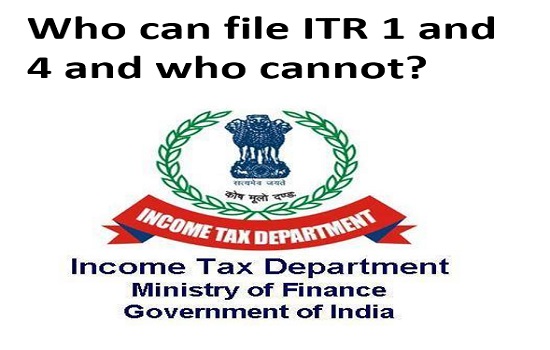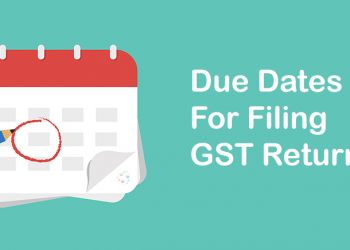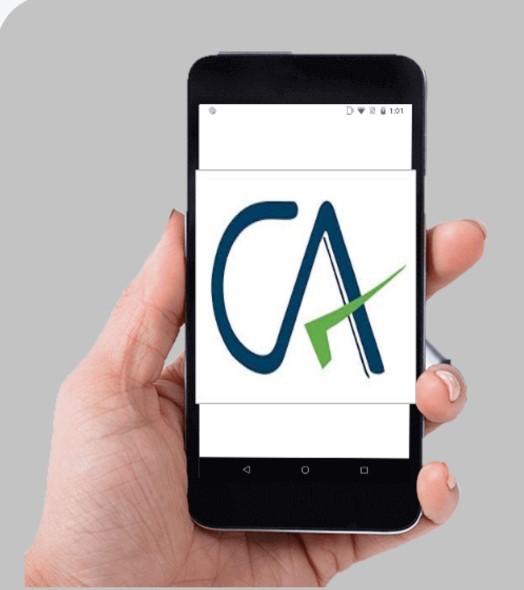CBDT had announced Forms for ITR 1 to 7 for FY 2021-22 in the first week of April 2022, but those were just PDF forms, wherein people could see what were the major changes in ITR forms and same were not fillable.
We had discussed about the major changes in these ITR Forms in our earlier post. To read the post CLICK HERE: Major Changes in ITR Form, announced for AY 2022-23 – Taxontips
Now, CBDT has provided fillable Forms for ITR 1 and 4, and one can file the same on Income tax website using online or offline utility.
This year a few conditions have been added in addition to conditions announced in FY 2020-21 for those who cannot file ITR 1 and 4 and which are as under:
In the following cases a person won’t be allowed to file ITR 1: Where TDS has been deducted u/s 194N or if income-tax is deferred on ESOP.
In the below mentioned cases a person won’t be allowed to file ITR 4: where person has income of the nature specified in clause (vi) of sub-section (2) of section 17 i.e. ESOP in startup on which tax is payable or deductible, as the case may be, under sub-section (2) of section 191 or sub-section (1C) of section 192; or if income-tax is deferred on ESOP.”
Now let’s see who can file ITR 1 and 4:
ITR 1 Saral:-
ITR 1 is the most simple and small form there are just 3-4 pages which you need to fill where you need to provide details of your salary income, your total salary you can’t add different employers if you work for 2 employers or have changed job in between then you need to provide details of your house property income and then income from other sources and last you need to mention details of exempt income on verification page. Therefore ITR 1 is also called SARAL.
Let’s first understand who are eligible for filing ITR 1:
Assessee type: Resident Individual or HUF
Type of income: Salary income, Income from one house property, Income from other sources, Agricultural income upto Rs. 5,000 and exempt income from capital gain (but I don’t think now there is any exempt income under capital gain).
Now let’s see when you are not eligible to use ITR 1:
Assessee Type: All assessee other than Individual and HUF, also non resident individual and individual who have foreign asset or income.
Type of income: More than one House property, income from lottery or horse race, taxable income from capital gain (even if it’s loss)
Some other important points: If you have any loss under house property which you wish to carry forward and set off then you need to switch to ITR 2. Also if your total income is above Rs. 50 lakh you can’t use ITR 1.
Therefore if you attract any of the above conditions then you need to file ITR 2. Therefore an individual or HUF earning any type of income other than business income can file ITR 2.
ITR 4 Sugam:-
ITR 4 is for the assessee who own a small business and you don’t care about maintaining books of accounts and don’t want that hassle. It is just a 4-5 page ITR form which you file prepare and file online on the website itself and you don’t need any utility or software for filing such return and therefore it is also known as SUGAM.
Who are eligible to file ITR 4:
Assessee Type: Individual, HUF, Partnership Firm
Type of income: Salary income, Income from one House property, Business or professional income under presumptive taxation scheme i.e. 44AD, 44ADA, 44AE i.e. small business owners, Income from other sources, Agricultural income upto Rs. 5,000 and exempt income from capital gain (but I don’t think now there is any exempt income under capital gain).
Now let’s see when you are not eligible to use ITR 4:
Assessee Type: Other than Individual, HUF and partnership firm i.e. LLP or company, also non resident individual and individual who have foreign asset or income.
Type of income: More than one House property, income from lottery or horse race, taxable income from capital gain (even if it’s loss) or business income which is not as per presumptive taxation scheme.
Some other important points: If you have any loss under house property which you wish to carry forward and set off then you need to switch to ITR 3/5. Also if your total income is above Rs. 50 lakh you can’t use ITR 4.
Earlier till the time capital gain income on long term securities was exempt you could file ITR 1 and 4 if you had such exempt income but now with such income being taxable you cant use them even if your long term capital gain from listed securities is below 1 lakh and not chargeable to tax u/s 112A.
Thus, above are the conditions which explain you about who are eligible and who are not eligible to file ITR 1 and 4.
Although ITR’s are available we won’t suggest anyone to start filling the ITR’s now as we have learned from previous years CBDT might make few changes in them hence we would advice you to wait till month end and then start filing ITR.
Although no major change has been made in ITR Forms but the method/ system of filing ITR form has been changed.
Also, CBDT has mentioned that it has discontinued Java and Excel utility from AY 2021-22 onwards and now assessee needs to prepare Income Tax return using common utility provided by Income tax department which generated JSON file but Excel and Java utility shall be available for earlier years.
Various instructions mentioned to use this utility is as under:
Instruction for use of offline utilities:
-
- Select the Assessment Year
- Download JSON utility. The utility by default will get downloaded in your system ‘download’ folder in a compressed mode (ZIP file)
- Extract (un-compress) the zip file containing the utilities. The folder will be extracted in the same location where the compressed utility was downloaded. Open the utility and start filling.
System Requirements
-
- JSON Utilities: OS – Windows 7 or later are supported, Processor – Intel Pentium 4 processor or later that’s SSE2 capable or AMD K10 or above core architecture, RAM – 1.5GB of RAM or more, HDD – 500MB or more of free space.
In the JSON facility you don’t download separate utility for separate type of ITR but you will download 1 utility with both ITR 1 and 4 and then you could choose between ITR 1 and 4.
This has increased the size of utility to nearly 94.5 MB.
If you want you can also download the utility by CLICKING HERE.
However, if you wish to get your Income tax return filed by our experts at Taxontips you can book your slot using the below mentioned links.
You can book phone consultation/ assistance online with expert as mentioned below:
To book ITR filing with experts CLICK ME.
To book phone consultation with experts for any Income tax related matters CLICK ME.
To book consultation for Faceless Assessment with experts CLICK ME.
To book phone consultation with experts for GST related matters CLICK ME.
To book general phone consultation with expert CLICK ME.














SIR, I AM A STATE GOVT. EMPLOYEE. I HAVE RETIRED ON OCT 2021. APART FROM MY REGULAR SALARY INCOME, I HAVE GOT PENSION INCOME TOO. I HAVE ALSO GOT RETIREMENT BENEFITS LIKE…..GPF, GRATUITY, LEAVE ENCASHMENT, GPF AND GIS IN THE FY 2021-22. MY QUESTIONS ARE 1) I UNDERSTAND THAT SALARY AND PENSION INCOME IS TO BE SHOWN IN SEC 17(1) OF SALARY IN ITR1. HOW DO I SHOW OTHER RETIREMENT BENEFITS….IN WHICH SECTION OF SALARY? IF THEY ARE TREATED AS SALARY, IN WHICH SEC. THE RETIREMENT BENEFITS ARE EXEMPT? 2)I HAVE ALSO RECEIVED RS. 30000/- AS MEDICAL REIMBURSEMENT FROM MY EMPLOYER. IS IT TAXABLE? IF TAXABLE, WHERE DO I SHOW THAT INCOME IN ITR1? IS ANY EXEMPTION ALLOWED FROM MEDICAL REIMBURSEMENT? 3) IS ANY TDS DEDUCTED FROM A GOVT. PENSION? IF YES, WHO IS THE DEDUCTOR? OR THE PENSION IS PAID IN GROSS AND I HAVE TO PAY ALL THE TAX MYSELF?
Dear sir,
Various retirement benefits are exempt in the hands of employee under section 10 but we need to check the details and then only we could comment.
I would recommend you to book a consultation with our expert for a better discussion.
To book consultation CLICK HERE: https://www.taxontips.com/tax-notice-personal-consultation/
Regards,
Team Taxontips.com